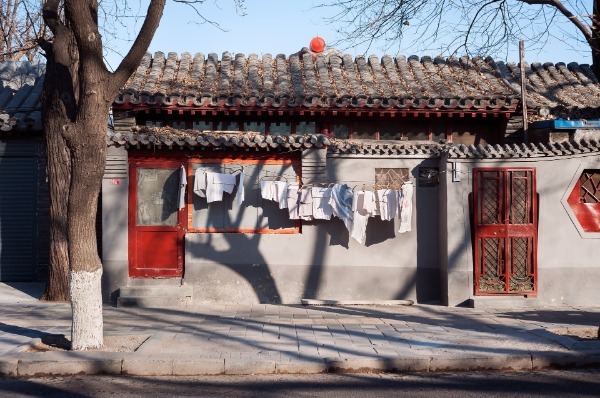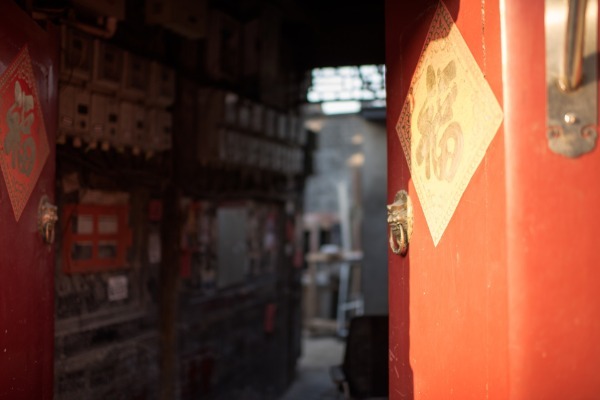Beijing: Dongsi Historical and Cultural Block

Dongsi Historical and Cultural Block
东四三条至八条历史文化街区
Dongsi sits on the eastern side of Dongsi North Street in Dongcheng district of the Chinese capital city of Beijing.
Because a wooden archway was built in the area on each side of the crossroad in the Ming Dynasty (1368-1644) and also because it sits on the eastern side of the Imperial City, it was given the name of Dongsi Archway, which means East Four Archways in Chinese.
Of the fourteen alleys in the Dongsi area six major ones, namely Dongsi Santiao, Dongsi Sitiao, Dongsi Wutiao, Dongsi Liutiao, Dongsi Qitiao, and Dongsi Batiao, are relatively famous and well preserved.

Many hamburger shops and cafes opened by foreigners operate in the narrow but deep alleys. There are also siheyuan inns, or quadrangle courtyards, to house tourists and many tiny but featured stores that spread all over the alleys.
The time-honored alleys of Dongsi also contain the former residences of Chinese celebrities from political, military and cultural circles, including politician Xu Shichang (1855-1939) and warlord Duan Qirui (1865-1936), both of whom lived during the period of the Republic of China (1912-49); famous writer and educator Ye Shengtao (1894-1988), and former culture minister and writer Wang Meng (1934- ). Former trade minister Sha Qianli (1901-82) lived in the No 55 courtyard of Dongsi Liutiao, the sixth alley.

All the hutongs run east to west, lie straight and smooth, and are connected from north to south by small alleys.

In the protected area, there are cultural relics protection sites including the Chongli Former Residence, No 63 - 65 courtyard in Dongsi Liutiao, the Mianyi Former Residence, No 5 courtyard in Dongsi Sitiao, the Shaqianli Former Residence, No 55 courtyard in Dongsi Liutiao, and Ye Shengtao's Former Residence, No 71 courtyard in Dongsi Batiao.
Chongli was a renowned chancellor serving Emperor Guangxu (1875-1908) in the late Qing Dynasty and Mian Yi was a high official and imperial family member of Emperor Daoguang (1820-50) of the Qing Dynasty.




